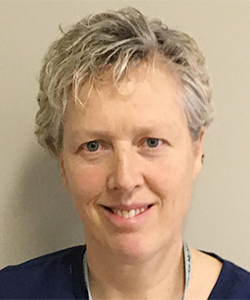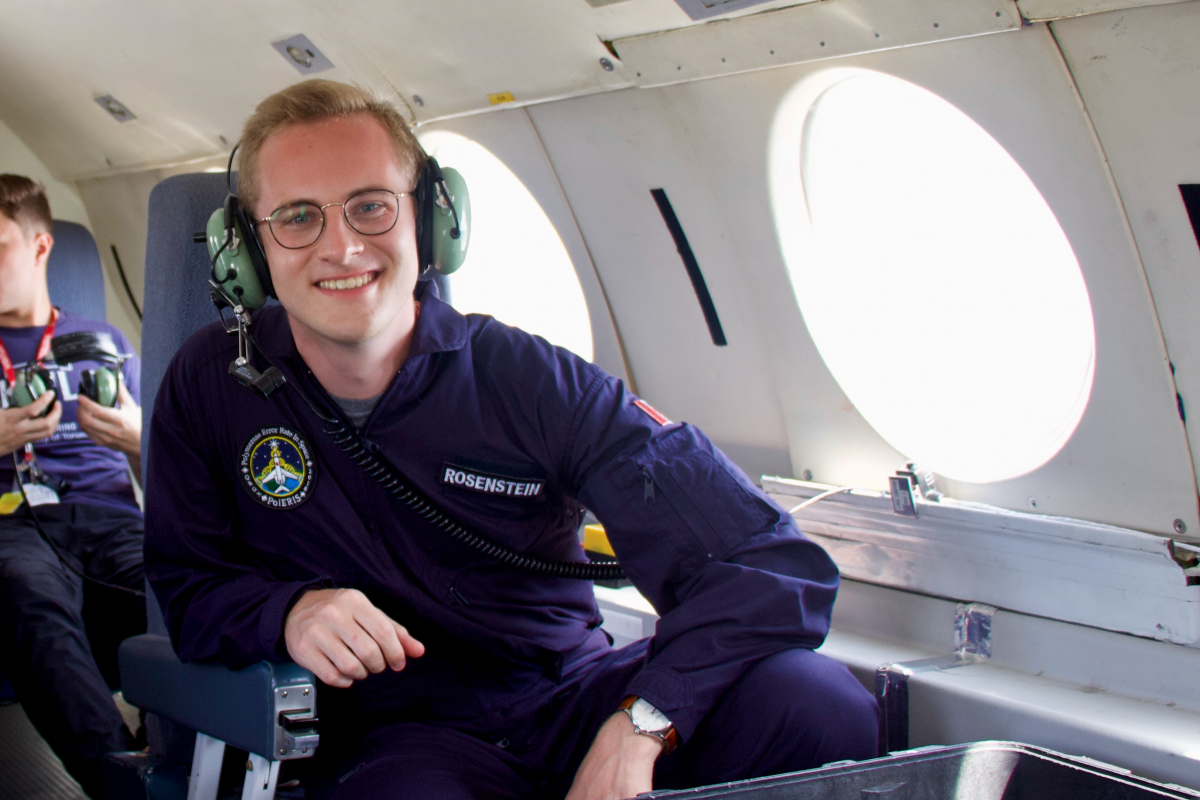Research that reaches for the stars
May 18, 2022
Share
Experiencing space flight and being amongst the stars is a dream out of this world for many, but for astronauts, there can be serious health implications that accompany space travel.
The Canadian Space Agency (CSA) has identified three human space flight risks as high priorities: bone fragility, mission risks associated with altered metabolism, and the effect of nutrient composition of diet on health during space missions. With support from the CSA, Queen’s research teams are exploring how to make space travel safer by better understanding how astronaut diets affects bone loss, and how space flight may impact astronauts’ DNA and the aging process.
Preventing bone loss in space

Research shows that astronauts lose substantial amounts of bone during space missions. It's a mystery that has inspired researchers at Queen's to take a closer look at a mineral that is commonly found in many foods — phosphate. Phosphate is important for bone health, but abnormalities in the way the body processes phosphate have been linked to bone loss on Earth. Since astronauts on the International Space Station consume high levels of phosphate, it led the multidisciplinary research team of Heidi Ploeg (Mechanical and Materials Engineering) and Rachel Holden (Medicine), experts in orthopaedic biomechanics and vascular calcification in chronic kidney disease, to question if there is an association.
Normally, the phosphate a person consumes would go into their blood and any extra would be removed by the kidneys. However, if a person’s kidneys don't work properly, they can develop high phosphate levels in their blood which can stimulate the loss of calcium from their bones. Researchers are now seeing this outcome of weaker bones in people without kidney issues as influenced by diets that are high in the amount of phosphate due to its addition by food manufacturers. Since food in space is enriched with inorganic phosphate for preservation, this could be contributing to bone loss in astronauts as well.
“In the last five years it has become evident that dietary phosphate intake may promote cardiovascular disease and bone loss in people with adequate kidney function. Dietary phosphate intake has risen substantially over the past 10 years as inorganic phosphate is increasingly added to food for preservation by the food manufacturing industry,” Dr. Holden says.

For Dr. Ploeg, the Chair for Women in Engineering at Queen's, the project provides interesting insights into how bone can adapt to its environments.
“Bone is an amazing structure. It's beautifully complex and best of all it adapts in response to its environment. Engineers can learn about optimal and self-heal structures by studying biological structures like bone,” Dr. Ploeg says. “If we can better understand this process, we can better assess fragility fracture risk and reduce these fracture rates through treatments including diet, physical therapy, and pharmaceuticals.”
Understanding how dietary phosphate promotes bone loss could reduce the burden of chronic disease in our aging society on Earth through regulations, and could contribute to the overall health of astronauts and the success of long-duration space missions in the future.
How does DNA replicate under microgravity?
Another Queen’s research team looking at human health during space travel is Virginia Walker’s lab in biology. The team's research has shown that DNA replication under microgravity — a small amount of gravity such as what is found in space, causing astronauts to “float” — is less accurate than under Earth gravity. This could pose risks for astronaut health including cancer and age-related problems during extended periods in space — like on missions to a future Moon station or Mars. To do this work, graduate student Aaron Rosenstein flew two missions aboard the CSA and National Research Council’s Falcon 20 jet, better known as the “vomit comet,” which simulates space flight.
Dr. Walker’s interest in space began when she was a child and the first lunar mission, Apollo 11, launched in 1969. This interest was reinforced by the show Star Trek, while Rosenstein was fittingly inspired by Star Trek, Next Generation.

Dr. Walker’s research in the area of the molecular genetic responses to stress led her to research extreme habitats, including those that are models for Mars. Her lectures on astrobiology caught Rosenstein’s imagination, who at the time was an undergraduate life science student. He and others created a student club and invited Dr. Walker to be the faculty advisor. This club’s work led to a CSA research grant that has recently concluded.
Their study found that DNA polymerases — the enzymes essential for DNA replication — make more errors in microgravity. This means there could be a health risk for astronauts on extended missions in space — since decreased DNA replication accuracy could lead to premature aging and cancer. Dr. Walker says this demonstrates the importance of designing spaceships that alleviate such negative effects.
“Our research, showing that more mistakes can be made when replicating DNA in microgravity, will surely bolster efforts by the international community to create artificial gravity by rotating space stations, for example,” Dr. Walker says.
As humans continue to push the boundaries of space travel, there are important health implications that the CSA has identified. The work by Dr. Walker, Dr. Ploeg, and Dr. Holden will contribute to the research to make space flight safer for those who venture off Earth.